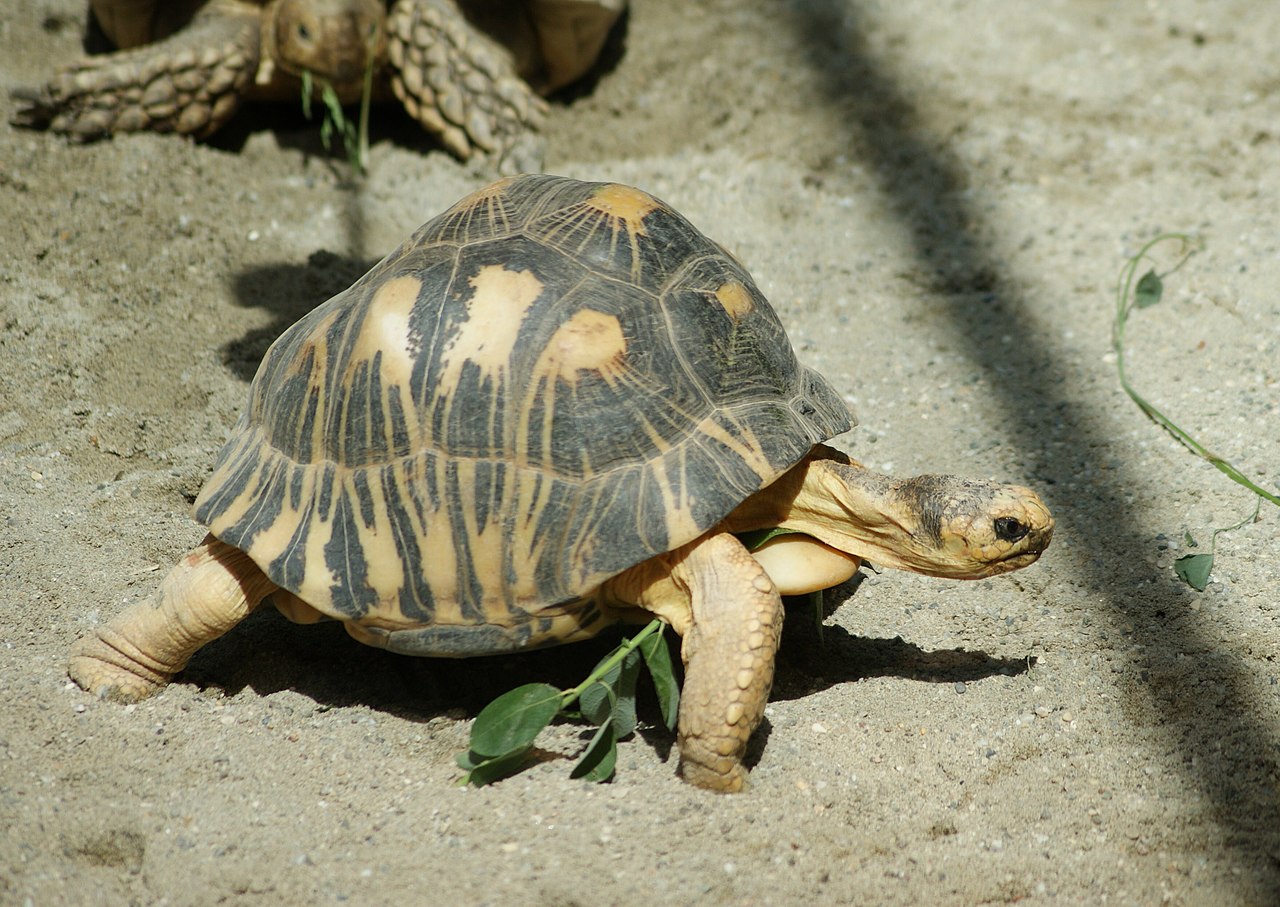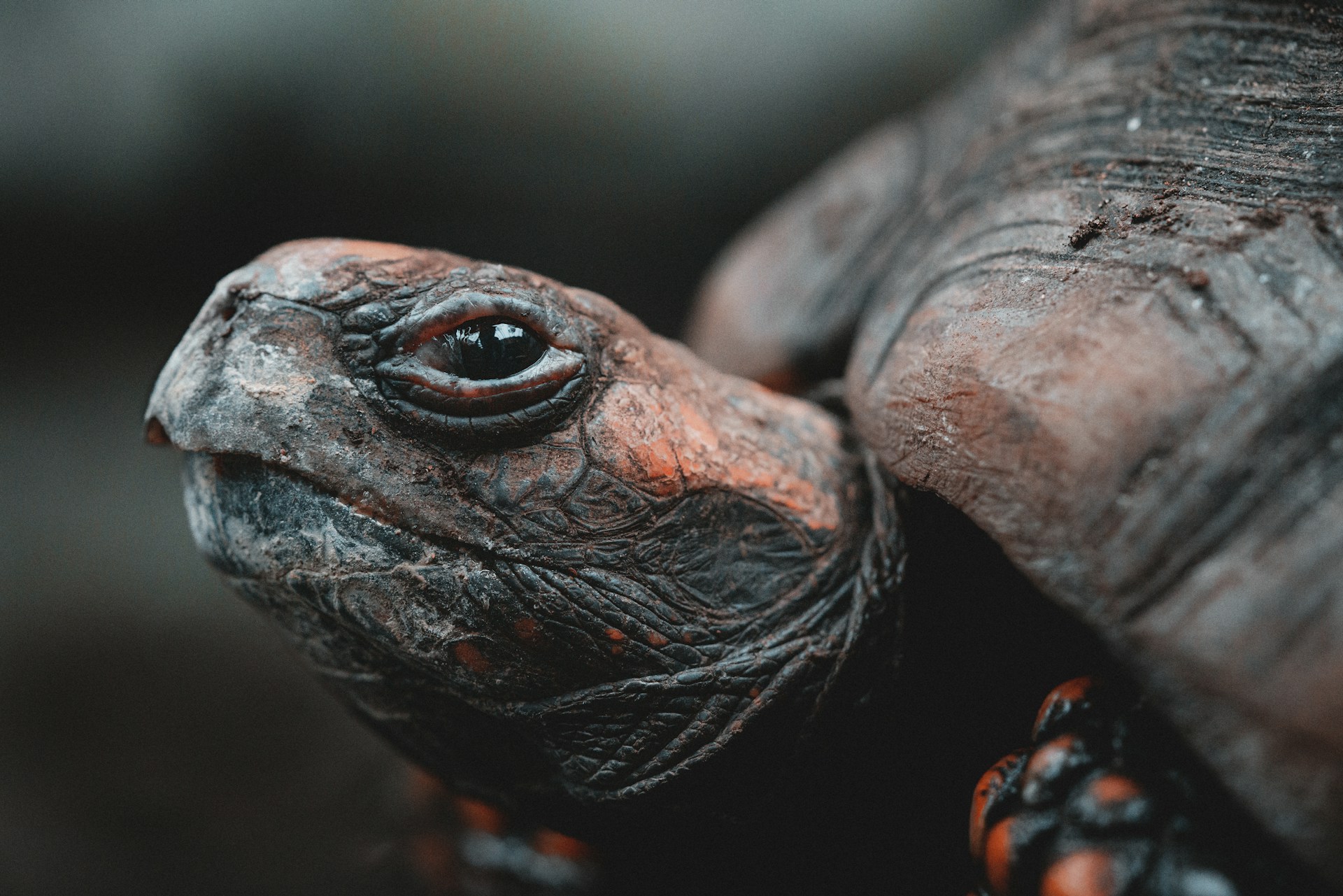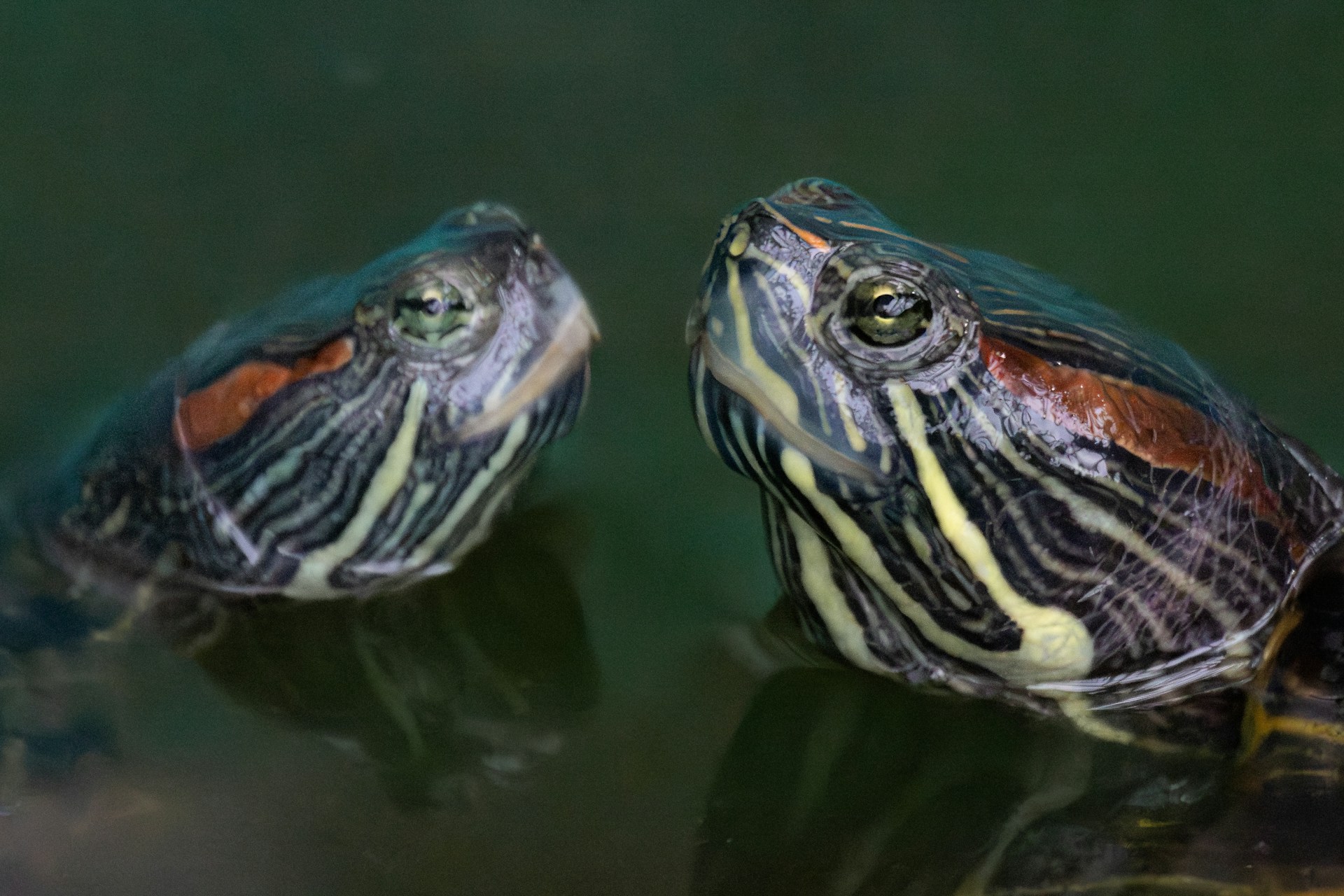In a world obsessed with speed, where milliseconds determine Olympic champions and technologies race toward ever-faster processing times, there exists a remarkable creature that embodies the opposite philosophy. The slowest tortoise ever recorded stands as nature’s testament to the virtue of taking life at an unhurried pace. These extraordinary reptiles have survived for millions of years precisely because of their methodical approach to existence. Their remarkable longevity, both as a species and as individuals, suggests there might be wisdom in their unhurried ways. As we explore the fascinating world of the slowest tortoise ever documented, we discover not just a biological curiosity, but perhaps a metaphorical master teaching us about patience in our frenzied modern lives.
Meet Timothy – The Historic Slow Champion
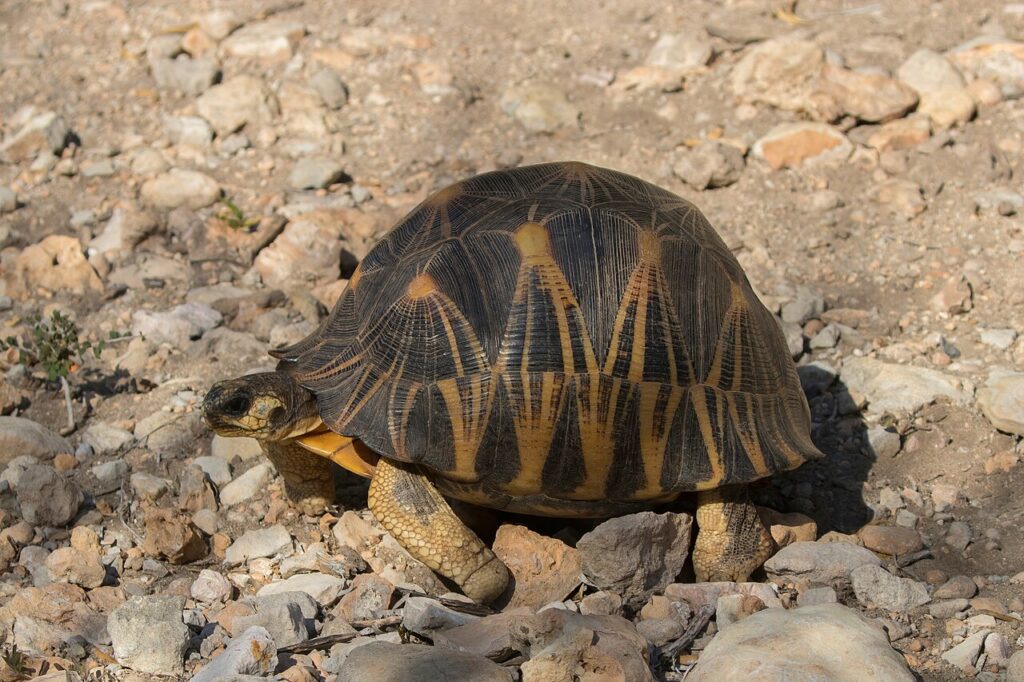
The title of the slowest documented tortoise belongs to a Mediterranean spur-thighed tortoise known as Timothy. While many tortoises move slowly, Timothy gained notoriety when researchers at the University of Oxford documented his movement at an astonishingly sluggish 0.06 miles per hour in controlled conditions. This pace is so deliberately slow that it would take Timothy approximately 5 hours to cover just 300 meters. Interestingly, Timothy lived a remarkably long life of approximately 165 years before his death in 2004, having been kept as a ship’s mascot before being donated to Powderham Castle in Devon, England. Timothy’s extraordinary longevity reinforces the connection between slow movement and extended lifespan in tortoises, a correlation that continues to fascinate biologists studying aging processes.
The Galapagos Giant – A Close Contender

Among the world’s slowest-moving chelonians, the Galapagos giant tortoise presents a formidable challenge to Timothy’s record. These magnificent creatures typically move at speeds ranging from 0.16 to 0.3 miles per hour, though this can vary based on terrain and motivation. A particularly notable specimen named Diego, estimated to be over 100 years old, was documented moving at just 0.11 miles per hour during a conservation study in 2016. Despite this seemingly disadvantageous slowness, Diego became famous for his reproductive success, having fathered an estimated 800 offspring and significantly contributing to saving his species from extinction. The Galapagos tortoise demonstrates how evolutionary success doesn’t necessarily correlate with speed but rather with persistence—a living embodiment of the fable where the tortoise ultimately triumphs.
The Biology Behind Extreme Slowness
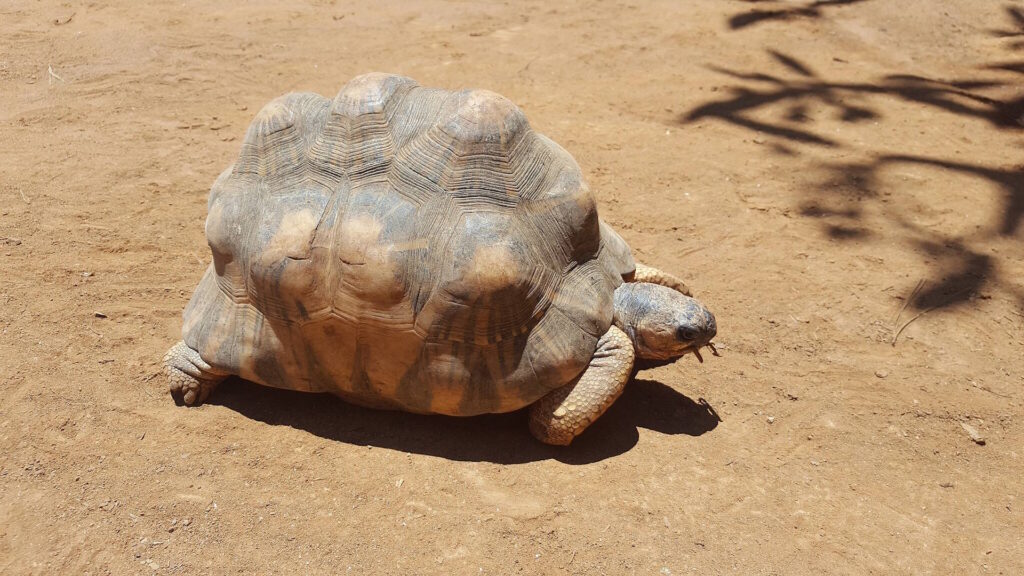
The extraordinary slowness of certain tortoise species isn’t merely behavioral—it’s fundamentally wired into their biology. Their metabolic rate ranks among the lowest of all vertebrates, operating at roughly 40% the rate one might expect for reptiles of similar size. This metabolic conservation translates directly into their movement patterns, with each step carefully executed to minimize energy expenditure. The muscular structure of tortoises further explains their unhurried pace, featuring high proportions of slow-twitch muscle fibers that favor endurance over speed. Additionally, their nervous system processes information more gradually than many other vertebrates, meaning their reaction time and subsequent movement decisions unfold on a timeline that seems almost suspended compared to mammalian standards. This biological architecture creates the perfect storm for record-breaking slowness.
Evolutionary Advantages of Moving Slowly

The tortoise’s legendary slowness is far from an evolutionary disadvantage—it represents a highly successful adaptation that has served these creatures for over 200 million years. By moving slowly, tortoises conserve precious energy in environments where resources may be scarce or unpredictable. Their methodical pace allows them to carefully assess their surroundings for potential threats or food opportunities without expending unnecessary energy. Research published in the Journal of Experimental Biology suggests that the energy efficiency of tortoise locomotion may be up to 10 times more economical than that of similarly sized mammals. Furthermore, this energy conservation contributes directly to their remarkable longevity, with many species regularly living beyond 100 years in favorable conditions. The tortoise’s evolutionary story reminds us that success isn’t always about being the fastest, but rather about finding the optimal strategy for long-term survival.
Speed Records and Scientific Measurements
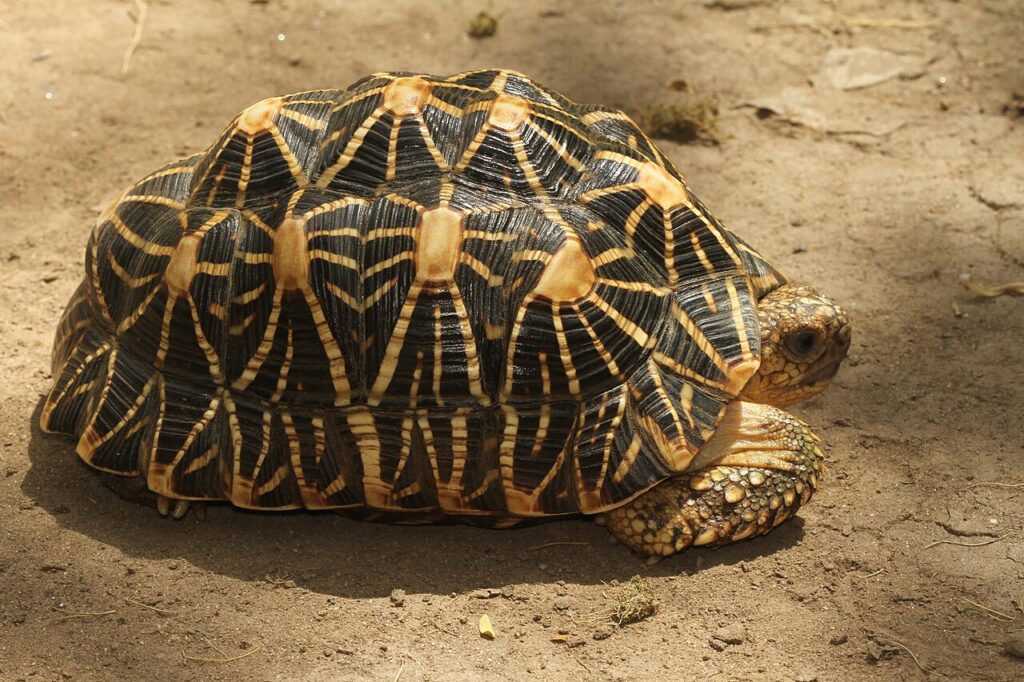
Scientific documentation of tortoise speed presents unique challenges that have led to some fascinating research methodologies. The gold standard for measuring tortoise velocity involves controlled environment tests where animals are encouraged to move along a straight path while being filmed with high-precision timing equipment. The current verified record for slowest sustained movement belongs to a specimen of Testudo graeca measured at Cambridge University’s zoology department, registering a mere 0.05 miles per hour—essentially 4.4 feet per minute. This measurement was taken over a 24-hour period to ensure it represented normal locomotion rather than temporary inactivity. For context, this pace means the tortoise would need approximately 5.5 days of continuous movement to complete a single mile. Such records help scientists understand the energetic trade-offs and ecological strategies employed by these remarkable reptiles.
Daily Life at a Snail’s Pace
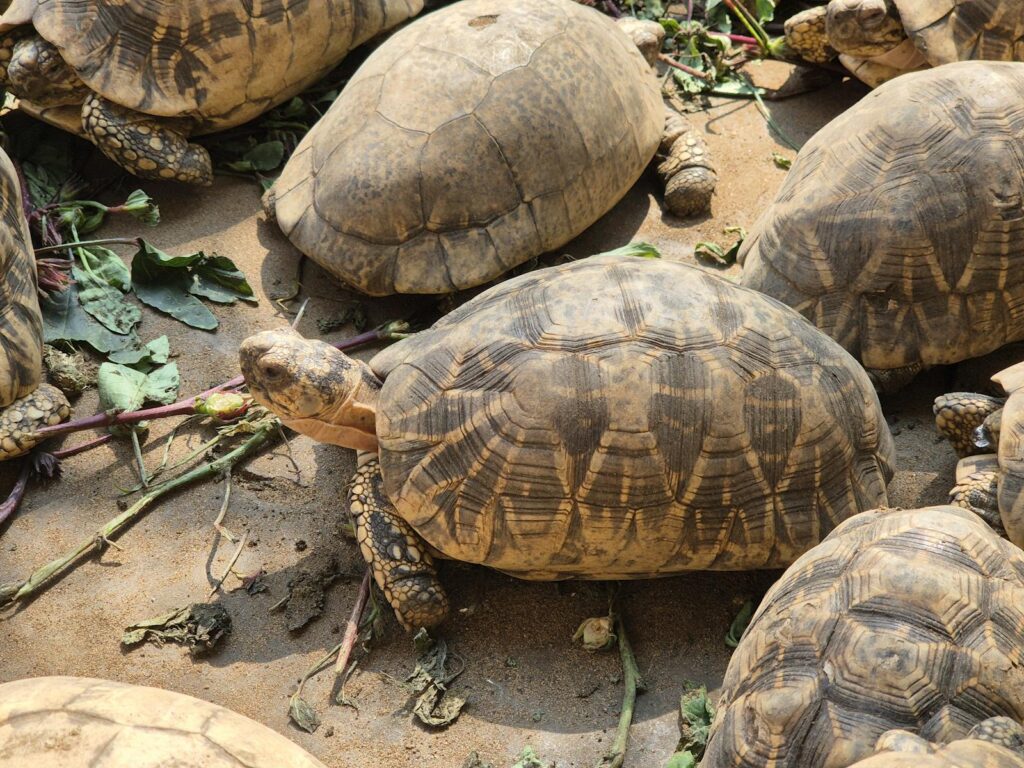
The day-to-day existence of the world’s slowest tortoises unfolds like a meditation on mindfulness. These creatures may spend upwards of 16 hours per day in a state of restful alertness, conserving energy while remaining aware of their surroundings. When they do move, even simple tasks take extraordinary time—crossing a typical suburban backyard might require half a day, while investigating a new territory could occupy weeks rather than hours. Feeding behaviors reflect this unhurried approach as well, with tortoises methodically selecting and consuming plant matter over extended periods, sometimes taking over an hour to complete what humans would consider a small snack. Temperature significantly influences their activity levels, with movement slowing even further during cooler periods when their metabolism naturally decreases. This measured pace extends to all aspects of tortoise life, creating an existence that seems almost suspended in time compared to the frantic energy of mammalian lifestyles.
Record-Breaking Slow Migrations
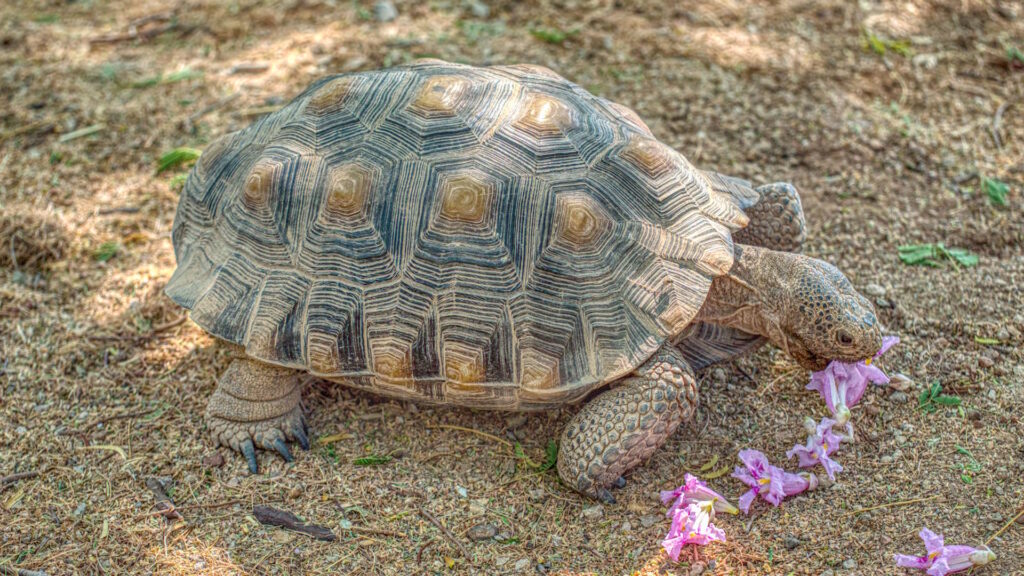
Despite their incredibly slow pace, certain tortoise species undertake remarkable seasonal migrations that showcase extraordinary persistence. The desert tortoise (Gopherus agassizii) holds records for completing some of the slowest documented migrations in the animal kingdom, traveling up to 10 miles between winter and summer territories at an average pace of just 0.1 miles per hour. These journeys often take weeks or even months to complete, with tortoises traveling primarily during morning and evening hours to avoid extreme desert temperatures. A particularly notable case was documented by researchers from the University of Nevada, who tracked a female desert tortoise covering 8.6 miles over a 31-day period—maintaining her heading with remarkable precision despite averaging just 0.24 miles of forward progress per day. Such migrations demonstrate how extreme slowness, when paired with unwavering determination, can still accomplish impressive geographical feats.
Comparing Tortoise Speed to Other Slow Animals

When ranked among Earth’s slowest-moving creatures, tortoises stand out even in this unhurried company. The three-toed sloth, often considered nature’s slowest mammal, moves at approximately 0.15 miles per hour—nearly three times faster than the slowest recorded tortoise. Garden snails, with their glacial pace of 0.03 miles per hour, represent one of the few common animals that might outcompete tortoises for the title of slowest movement. Starfish present another interesting comparison, typically advancing at about 0.06 miles per hour, roughly equivalent to our record-holding tortoise. The banana slug crawls at approximately 0.007 miles per hour, making it substantially slower than even the most leisurely tortoise. These comparisons highlight how tortoises occupy a fascinating middle ground—vertebrates with complex nervous systems that nonetheless operate at speeds more commonly associated with invertebrates, creating a unique ecological niche that has proven remarkably successful across evolutionary timescales.
Captivity vs. Wild: Where Tortoises Move Slowest
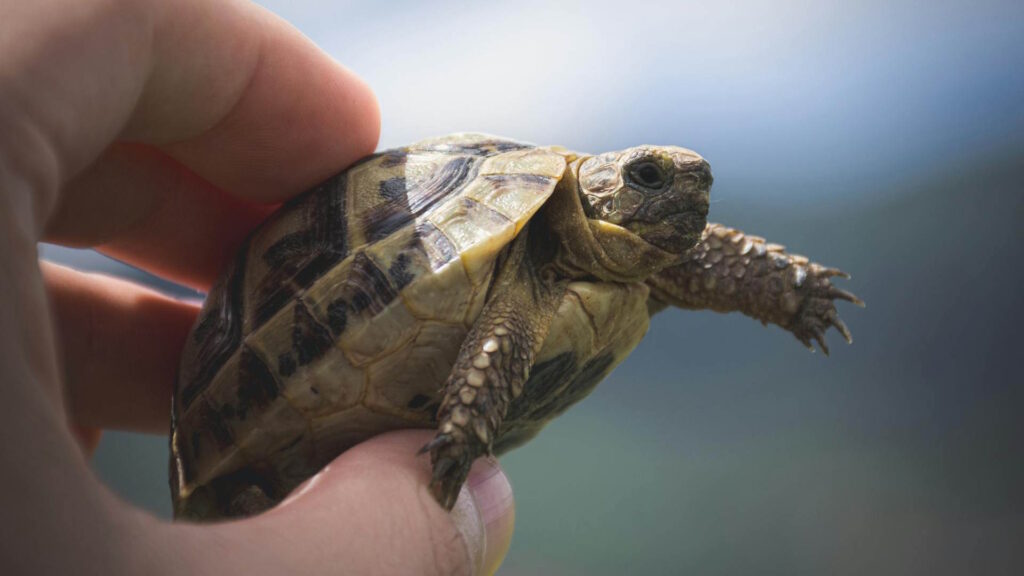
The movement patterns of tortoises show intriguing variations between wild and captive environments, with important implications for understanding their natural behavior. Studies conducted at the San Diego Zoo’s Institute for Conservation Research found that captive Galapagos tortoises move approximately 38% slower than their wild counterparts when measured across comparable time periods. This difference appears related to habitat complexity, with wild tortoises navigating varied terrain that requires more frequent direction changes and problem-solving, even if their straight-line speed remains similar. Interestingly, the slowest individual tortoise movements have been recorded in captive settings where spaces are familiar and resources readily available, eliminating the need for extensive exploration. Seasonal variations compound these differences, with wild tortoises sometimes increasing their pace during breeding seasons—a behavioral adaptation rarely observed in captivity. These distinctions highlight how environment shapes even the most fundamental aspects of tortoise behavior, including their legendary slowness.
The Aging Connection: Slowness and Longevity
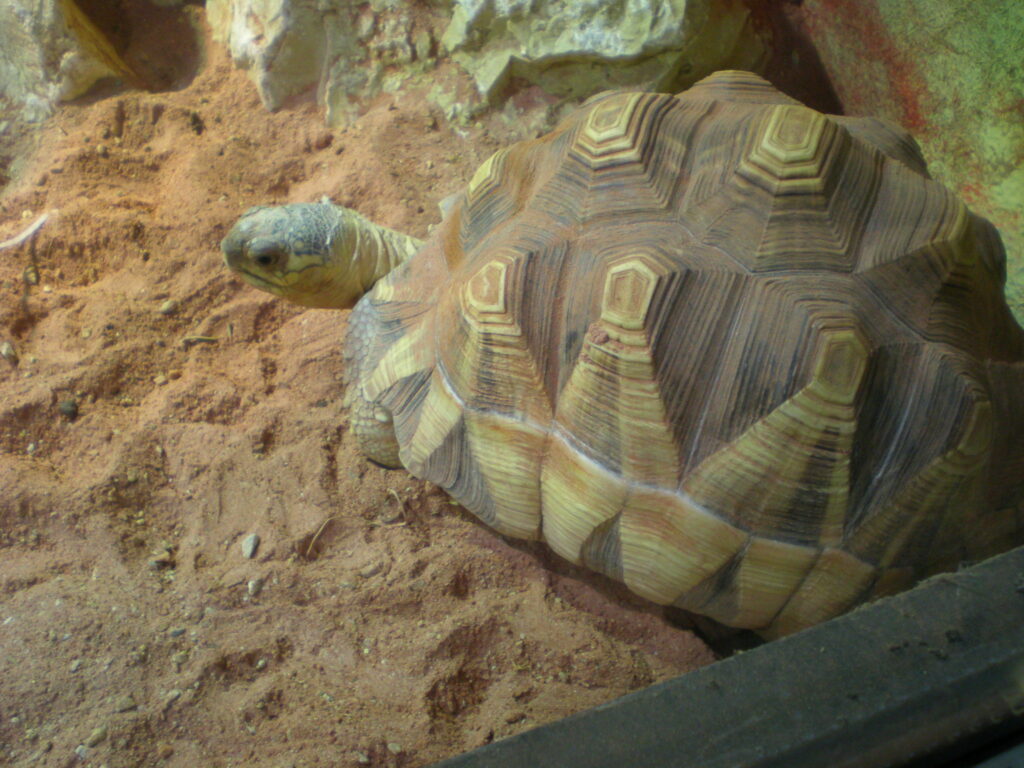
The extraordinary slowness of tortoises appears intimately connected with their remarkable longevity, creating one of nature’s most fascinating biological trade-offs. Research published in the Proceedings of the National Academy of Sciences suggests a direct correlation between metabolic rate, physical movement speed, and cellular aging processes. Tortoises’ exceptionally slow metabolism—reflected in their unhurried movement—corresponds with reduced oxidative damage to tissues and DNA, effectively slowing the aging process at a cellular level. A longitudinal study of Aldabra giant tortoises found that specimens moving at the slowest average speeds (below 0.07 miles per hour) statistically outlived their relatively “faster” counterparts by an average of 15 years. This connection between slowness and longevity extends to cellular processes, with tortoise cells undergoing mitosis at rates approximately 80% slower than comparable mammalian cells. The tortoise essentially embodies a biological philosophy that prioritizes endurance over intensity, resulting in some of the longest lifespans in the animal kingdom.
Conservation Challenges for Slow Movers
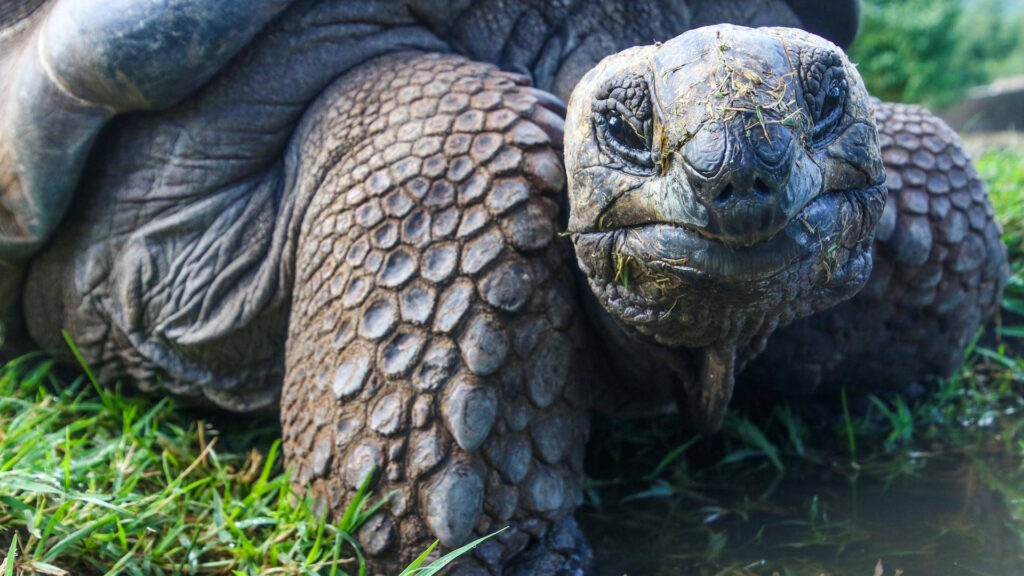
The extraordinary slowness of certain tortoise species creates unique conservation challenges in today’s rapidly changing world. Unable to quickly flee from threats or adapt to habitat changes, the world’s slowest tortoises face elevated extinction risks despite their evolutionary resilience. Road mortality presents a particular threat, with slow-moving tortoises often unable to cross human infrastructure safely—the desert tortoise population has declined by over 90% in some areas largely due to this factor. Climate change compounds these challenges, as shifting environmental conditions outpace the tortoises’ ability to migrate to more suitable habitats. Conservation efforts have adapted to these realities, with strategies now including assisted migration programs where researchers physically relocate tortoises to appropriate habitats at a pace matching environmental changes. The plodding nature that served these animals well for millions of years has become a liability in the Anthropocene, requiring innovative human intervention to ensure their continued survival.
Cultural Significance of the Patient Tortoise

The tortoise’s legendary slowness has embedded itself deeply in human cultural narratives across civilizations, almost always symbolizing patience, wisdom, and the victory of persistence over raw speed. Aesop’s fable “The Tortoise and the Hare” remains perhaps the most famous representation, teaching generations that steady progress ultimately triumphs over inconsistent bursts of effort. In Chinese mythology, the Black Tortoise (Xuanwu) represents the winter season and the northern direction, embodying endurance through challenging times. Native American traditions often feature the tortoise as Earth-bearer, its slow, deliberate movements explaining earthquakes and seasonal changes. Modern popular culture continues this tradition—from Terry Pratchett’s Discworld series with its world-bearing Great A’Tuin to the deliberately slow-speaking cartoon character Cecil Turtle who repeatedly outwits Bugs Bunny. These persistent cultural references suggest that humans recognize something profound in the tortoise’s unhurried approach—a counterbalance to our increasingly accelerated lifestyles and perhaps a reminder of the value in moving through life deliberately rather than hastily.
Lessons from Nature’s Slowest Champion
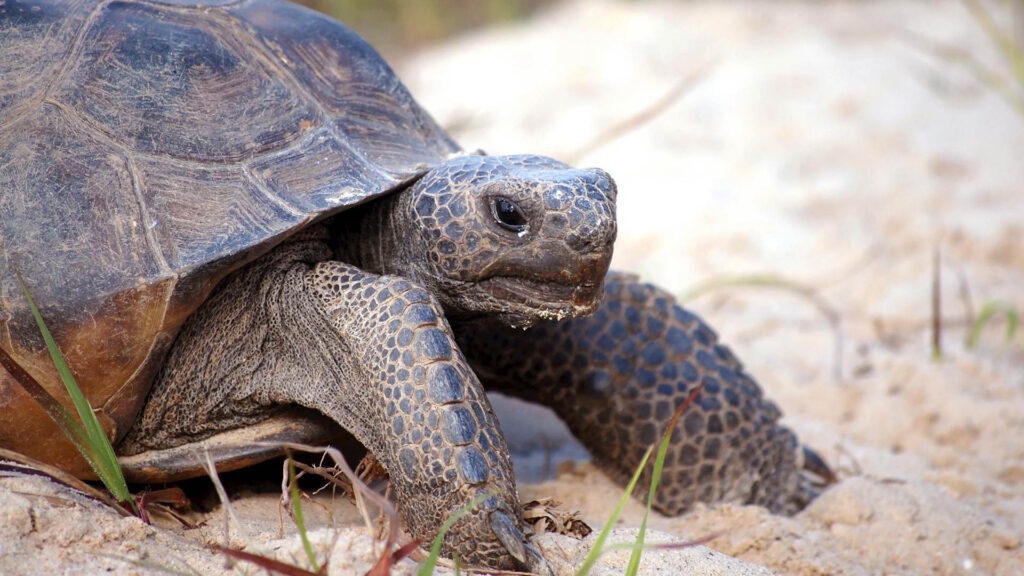
The extraordinary slowness of record-holding tortoises offers profound insights applicable to human existence in our hyper-accelerated world. These creatures demonstrate that evolutionary success doesn’t necessarily correlate with speed but rather with sustainability and consistency. Neuroscience research suggests potential parallels between tortoise cognition and mindfulness practices, with their naturally deliberate neural processing resembling the slowed thought patterns humans attempt to achieve through meditation. The tortoise’s energy efficiency presents compelling lessons for sustainable living, showing how measured resource utilization supports long-term prosperity rather than short-term gains. Perhaps most significantly, these creatures embody the biological version of “slow living”—a philosophy gaining traction as an antidote to modern burnout, stress, and environmental degradation. By studying and appreciating these masters of patience, we might discover valuable adaptations for navigating our own complex world with greater thoughtfulness and sustainability, taking inspiration from a species that has survived for hundreds of millions of years by simply refusing to rush.
Conclusion

As we contemplate the remarkable slowness of these ancient reptiles, we’re reminded that speed isn’t always the measure of success. The world’s slowest tortoises have persisted for millions of years through a formula of patience, energy conservation, and steady progress—an approach that has outlasted countless faster species. In our rapidly changing world, where immediacy often trumps deliberation, these unhurried creatures offer a compelling alternative perspective. Perhaps in the race of life, it’s not always about who moves fastest, but who moves most wisely. The tortoise, nature’s patience master, continues to teach this lesson one slow step at a time, embodying a timeless wisdom: that sometimes, the very slowest path leads to the most enduring success.

